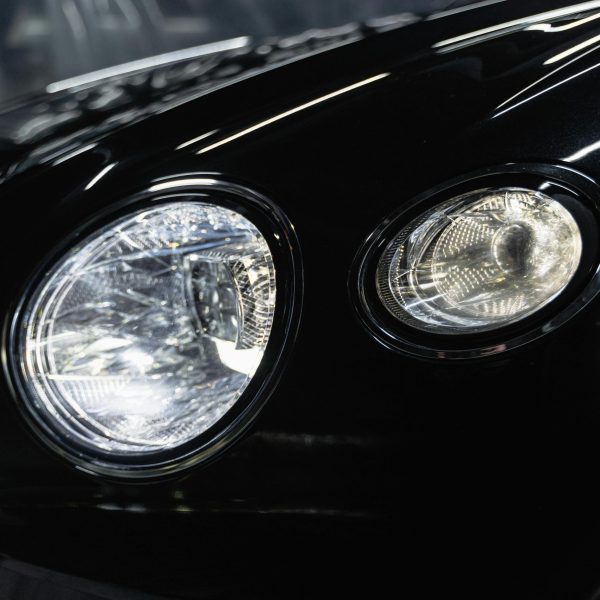Types of Car Lights and Their Functions
hese lights are designed to perform specific functions that aid in driving safely, signaling intentions to other drivers, and illuminating the road ahead. For many drivers, however, car lights may remain something of a mystery beyond the basics of turning them on or off. For more details about lommelykter.


